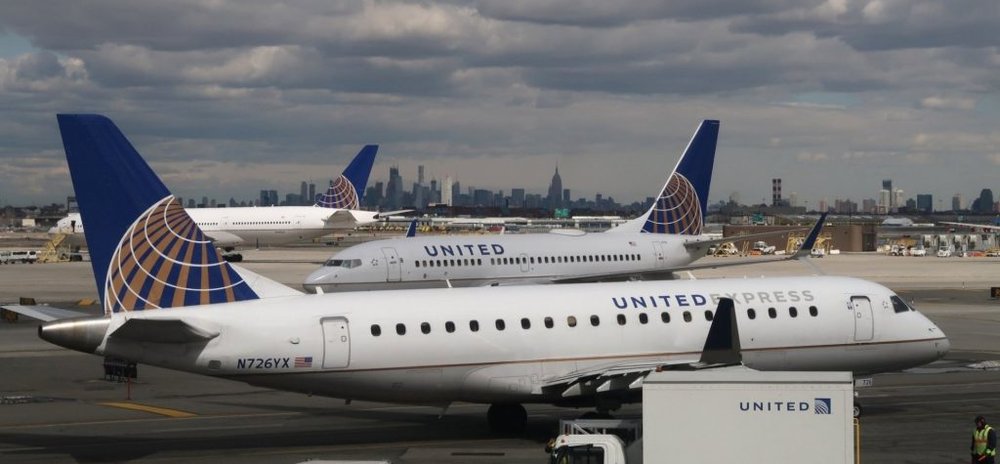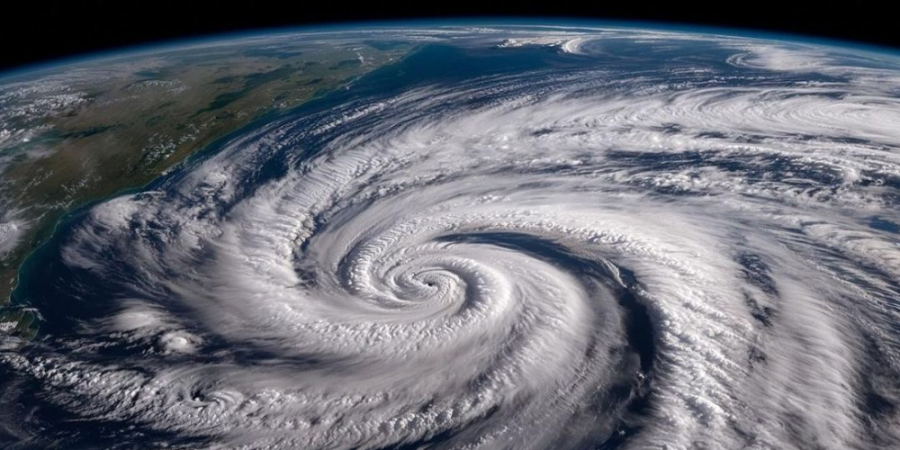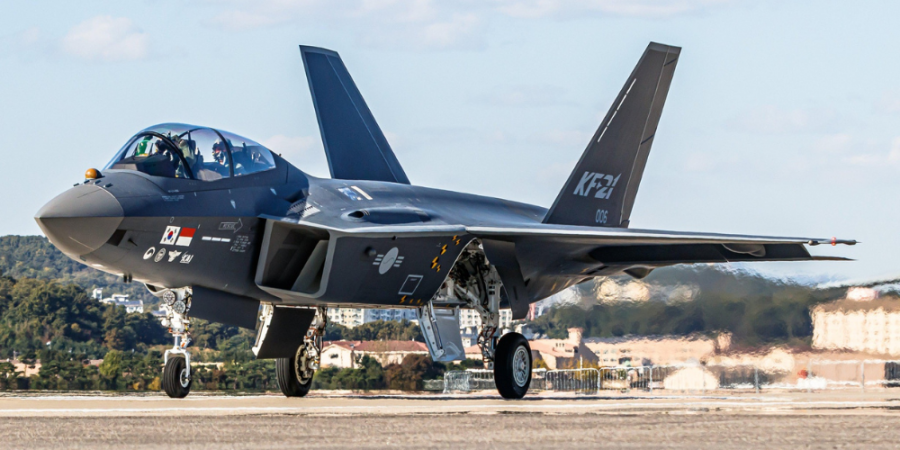Bad news for travelers on the East Coast, as flights have been severely delayed or canceled as a result of Winter Storm Avery making its mark on the coast from Thursday last week.
According to information that was gathered by the National Weather Service, the earlier predict winter storm this season is forecasted to result in a foray of ice and heavy snow originating from the Ohio Valley and moving to the Appalachians well into the interior Northeast on Friday.
Indeed, the National Weather Service has mentioned that the nor easter storm will trickle into a number of cities located in the northeastern part of the country, with some locations in the interior expected to get up to six inches of snow and greater.
Additionally, there will be excess coastal flooding as well as strong winds expected to be the order of the day ranging from coastal Maine all the way to Long Island. This comes as the low pressure is expected to intensify with time.

A large number of flights have been canceled and delayed as a result of heavy storms on the Eastern seaboard
Massive Delays and Cancellations of Flights
Additionally, this storm is expected to cause massive chaos with additional delays and flight cancellations at the airport.
As a matter of fact, the likes of FlightAware had experienced delays of up to 4561 flights out of, into, or within the United States, with about 1567 being canceled in total.
Indeed, Southwest Airlines is the worst affected in terms of cancellations, having about 252 of them, while the LaGuardia Airport in New York has recorded over 200 cancellations in total.
Moreover, Airports in Newark, Baltimore, D.C., Washington and Philadelphia have also experienced cancellations spanning in their hundreds.
Indeed, as a response to the current situation, a number of US airlines have issued a series of fee waivers for passengers who had intended to travel last week, with the United Airlines waiver taking effect in over three dozen airports on the East Coast, with the waiver by American airlines extending to 20 airports.
Additionally, Southwest Airlines gave an announcement to its customers that were transiting through cities that were impacted by the storm that they had the option of rebooking their tickets come 14 days to the date they intended to fly, so that they should not be affected by any other additional charges.
Indeed, the likes of Delta Airlines will give customers the freedom to reschedule or cancel their plane tickets without any additional charges if their travel is disrupted by any storm.
Which begs the question; is it safe to travel during a storm?

That being said, most airlines are announcing fee waivers and free reschedules to ease the passengers from these unfortunate circumstances
De-Icing the Plane
One of the major issues that most people face flying out of cities such as Minneapolis, Chicago, or any other snow-blanketed city is the worry about flying during snowy periods.
Indeed, de-icing the plane is pretty common in these areas.
In fact, you are bound to see a billow of mist that hits the wings prior to the plane taking off. That’s what is called de-icing.
As a matter of fact, de-icing is an ingenious blend of water and glycol whose main purpose is to dissolve frost and prevent it from sticking when the plane is flying.
Indeed, if the frost is left untreated, it could cause a disruption of airflow in the plane and hinder your aircraft from taking off and achieving the proper lift required to fly.
That being said, the next time you see the plane being de-iced, breathe a sigh of relief as this is beneficial to you.

Despite the fear of flying through heavy storms, most planes are made safe by FAA safety regulations
Should People Be Flying While There Are Rainstorms?
For many, the prospect for flying through a storm can be terrifying to say the least.
That being said, the Federal Aviation Administration (FAA) ensures that you are safe. In fact, the FAA requires all airplanes and aircrafts to meet specific safety thresholds, with one of them being that they have to have the necessary equipment in place to withstand a thunderstorm.
Indeed, you might get frightened flying through a storm, and probably even spill your Coke, but don’t worry too much about it. That plane was designed to handle a large amount of rainstorm.
Conclusively, flying through rainstorms are relatively safe. The problem arises when the torrential downpour is so massive that the plane’s design mechanisms are not geared to handle the amount of pressure being experienced.










